New Pluto pictures reveal mysteries of planet and its moons
See Pluto in amazing detail
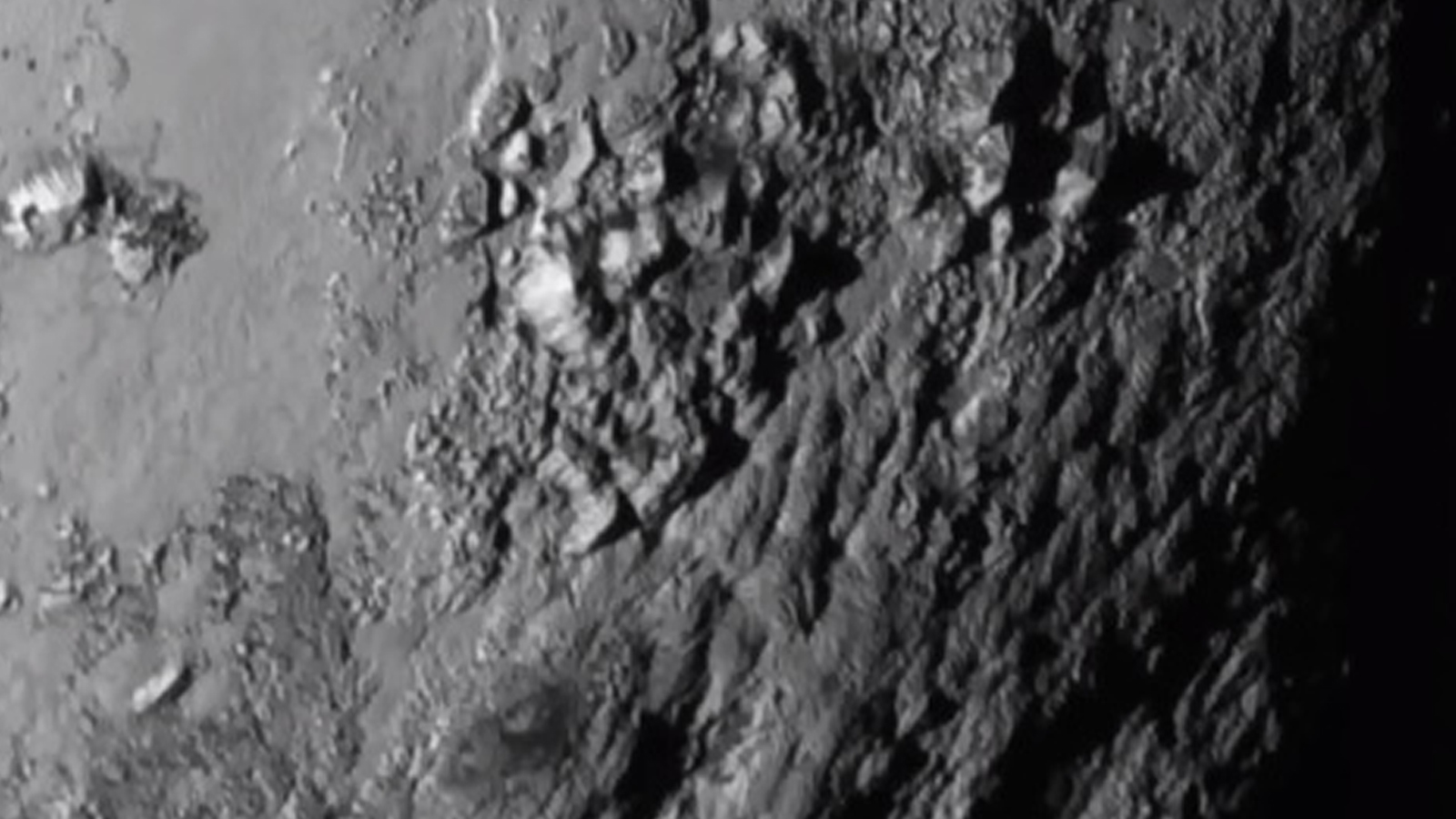
NASA just released a new up-close picture of Pluto taken by the New Horizons spacecraft, giving us an amazing look at the most distant planet in our solar system.
The image is part of a larger mosaic of the planet snapped by New Horizons, and this particular image reveals a chunk of Pluto's heart-shaped region. The area detailed is approximately 150 miles across and shows features as small as half a mile in size. There are mountains as high 11,000 feet, and the New Horizons team noted that for the mountains to be this tall, they're likely made of water-ice bedrock.
Most intriguing about this particular spot is that it appears to be quite young - less than 100 million years old - because there are no signs of impact craters. NASA's scientists have picked out ice on the region's surface, and the New Horizons team said this is first time we've seen an icy world that isn't close to a large planet.
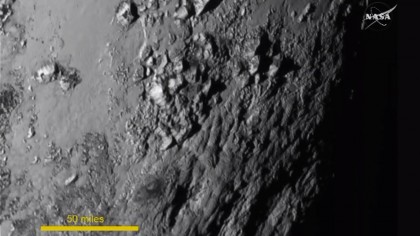
The photo's release follows the very first image taken of Pluto's surface, revealed to the world on Tuesday. NASA later released a false-color image of Pluto and its largest moon, Charon, to show the astronomical bodies' varied terrain and surface materials. It was a huge day for space exploration, and the excitement continued into today's revelations.
During today's press conference, scientists were giddy about the New Horizons images not only because of the incredible detail they provide but also because of the many questions they raise, mysteries that will no doubt take years to crack.
Over the moon(s)
New Horizons also snapped a picture of Pluto's farthest moon, Hydra. This is the first time the moon, which is primarily made of water-ice, was captured.
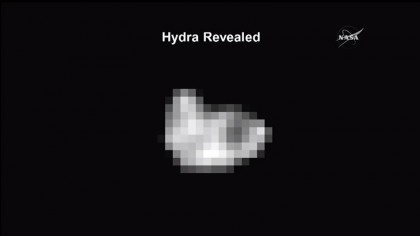
A new high-res image of Charon was also unveiled. The NASA team refers to the dark spot to the north as "Mordor," and there's a deep canyon on Charon's right side that the New Horizons crew seems particularly intrigued by.
Get daily insight, inspiration and deals in your inbox
Sign up for breaking news, reviews, opinion, top tech deals, and more.
Charon's surface is also relatively youthful and the moon appears "active."
One team member said that while Pluto certainly didn't disappoint, Charon didn't disappoint, either.
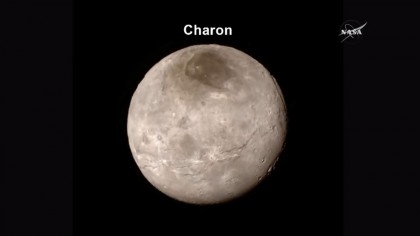
New Horizons' instruments busily picked up more than just amazing images. They also gathered atmospheric data, more of which will be revealed on Friday. Some information was released, including a shot of the methane makeup of Pluto.
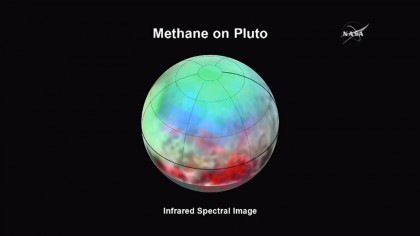
New Horizons "phoned home" around 9 pm Eastern on Tuesday to indicate it survived its Pluto flyby. It's continuing its journey deeper into the Kuiper Belt - NASA says the spacecraft is now more than a million miles from Pluto - and will keep sending more data back to Earth over the next 16 months.
Michelle was previously a news editor at TechRadar, leading consumer tech news and reviews. Michelle is now a Content Strategist at Facebook. A versatile, highly effective content writer and skilled editor with a keen eye for detail, Michelle is a collaborative problem solver and covered everything from smartwatches and microprocessors to VR and self-driving cars.
